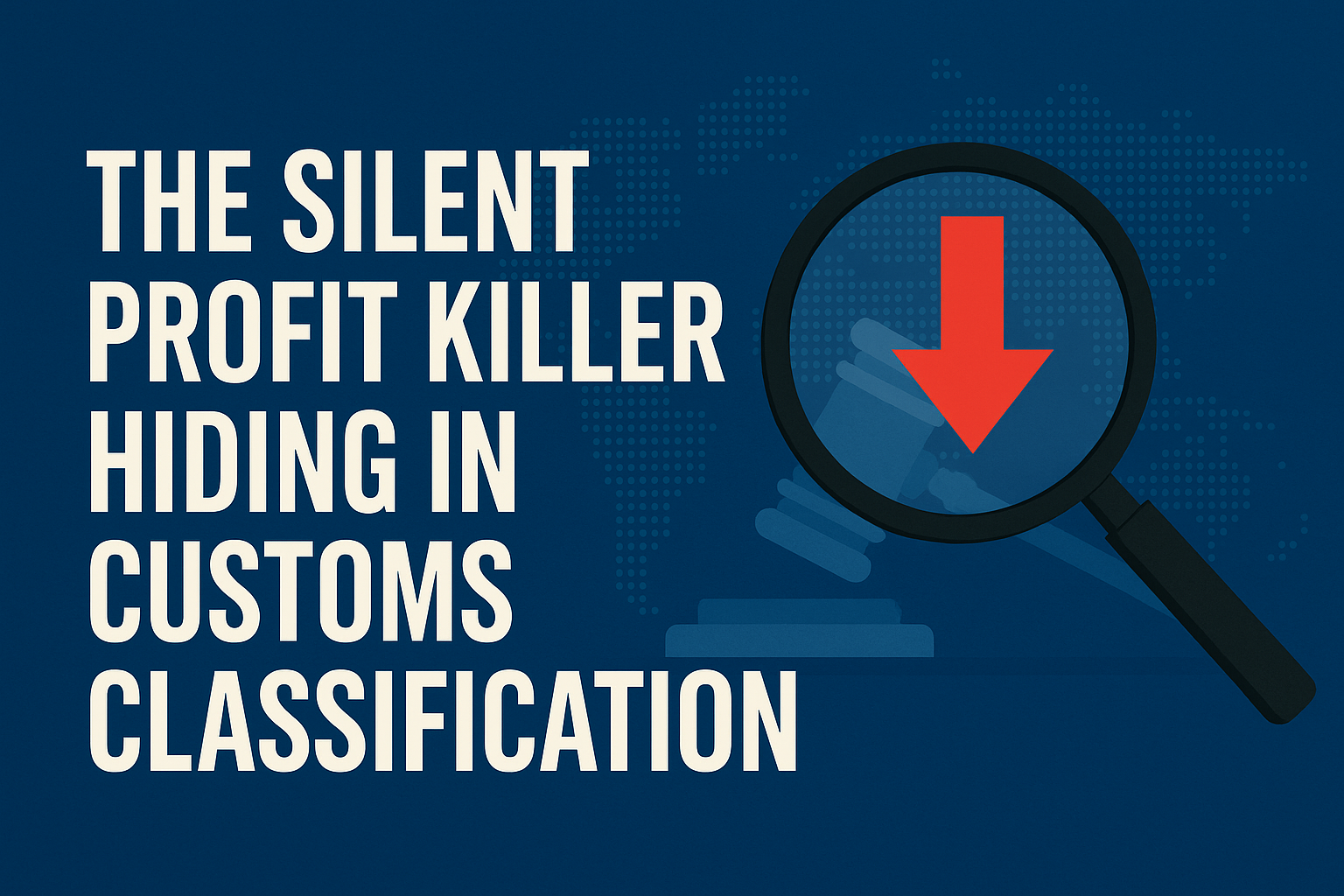May had been rising through the ranks for fifteen years. Now a VP of Operations at a growing $150M CPG company, she brought with her a strong belief in the power of data. She had spearheaded the adoption of advanced ERP systems, implemented AI-driven forecasting tools, and leaned heavily on dashboards tracking every conceivable KPI.
Everything pointed to success.
But despite these tools, persistent problems resolutely lingered. Projects ran 40% over budget. Inventory writeoffs hit $2M annually. Their most ambitious product launch faced delays that seemed to multiply weekly.
Then came the supplier crisis. A component from their most reliable vendor—perfect track record for over a decade—failed spectacularly, triggering a devastating product recall.
In a tense strategy meeting after another delayed product launch, May finally asked aloud, “Why aren’t these tools making things work the way they’re supposed to?”
Her operations manager Hugo looked up from his laptop. “Maybe it’s not the system. Maybe it’s us.”
The culprit wasn’t broken technology or bad data. It was the human brain.
The $10 Billion Blind Spot Every Operations Leader Misses
Here’s what no one talks about in operations circles: Your biggest competitive threat isn’t Amazon’s logistics or your competitor’s new factory. It’s the cognitive biases systematically sabotaging your team’s decisions every single day.
Research reveals the shocking truth. Cognitive biases cost companies 5-30% of total manufacturing expenses. 44% of major projects fail due to bias-driven decisions. 80% of manufacturing defects stem from human error patterns.
But here’s the kicker: Companies fixing this problem are seeing 8,000-18,000% ROI. One German utility saved €8.9 billion after implementing systematic bias mitigation.
Welcome to Behavioral Operations Management—the discipline transforming how smart companies think about efficiency.
The Nine Invisible Forces Destroying Your Operations
Every day, your team makes decisions influenced by hidden biases that seem logical in the moment but create predictable disasters over time.
The “Last Year’s Spike” Trap was exactly what May discovered in her inventory planning meetings. “Last year, demand was huge,” one planner insisted, despite clear signs that the underlying market had changed. “If we don’t prepare now, we’re going to run short again.” This availability bias—the vivid memory of stockouts—was costing them 15-25% in unnecessary inventory carrying costs. The emotional impact of empty shelves overwhelmed statistical evidence that this year’s market conditions were fundamentally different.
The “We’ve Come This Far” Syndrome plagued May’s automation initiative. Even as delays mounted and costs spiraled, no one proposed stopping. “We’ve invested $2 million already,” her project manager insisted. The sunk cost fallacy was preventing them from cutting losses on an initiative that should have been terminated months earlier. Emotional attachment to prior investment was clouding rational analysis of future prospects.
The “Perfect Supplier” Blindness explained the recall crisis that had rocked May’s company. During investigation, the QA team admitted they hadn’t been checking the component as rigorously as others. “They’ve always delivered perfectly,” said one inspector. This halo effect had created dangerous quality blind spots—past performance had created unwarranted confidence in current quality, leading to reduced inspection rigor precisely when vigilance was most needed.
The “Everything’s Fine” Filter emerges when your team only shares data supporting existing plans while ignoring warning signs. Confirmation bias delays crisis recognition and creates inadequate risk mitigation. People unconsciously seek information that validates their current strategy while dismissing contradictory evidence.
The “Six Month Project” Delusion shows up when every timeline estimate is optimistic and every budget is exceeded. Planning fallacy causes systematic underestimation of complexity, with only 43% of manufacturing projects finishing on time and budget. Teams focus on best-case scenarios while ignoring the base rate of similar projects.
Sound familiar? These aren’t random failures. They’re predictable patterns that can be systematically addressed.
When Biases Go Nuclear: The $20 Billion Lesson
Boeing’s 737 MAX crisis wasn’t just an engineering failure—it was a masterclass in how cognitive biases cascade into catastrophe. Confirmation bias led engineers to ignore MCAS system warnings. Overconfidence bias convinced management that minimal pilot training would suffice. Groupthink suppressed dissenting engineering voices under corporate pressure to compete with Airbus.
The result: Two fatal crashes. Global fleet grounding. $20+ billion in losses.
General Motors’ automation disaster in the 1980s tells a similar story. CEO Roger Smith invested $90 billion in robots that famously painted each other instead of cars. Overconfidence in technological solutions and anchoring on cost-cutting rather than process improvement led to market share plummeting from 48% to 36%. GM transformed from the lowest-cost to highest-cost producer in Detroit.
The pattern is clear: Smart people plus great intentions plus cognitive biases equals operational disasters.
The Companies Cracking the Code
Toyota didn’t accidentally become the world’s most efficient manufacturer. Their Production System systematically counters human biases through carefully designed processes that work with human psychology rather than against it.
The andon cord prevents confirmation bias by empowering anyone to stop production when problems arise, regardless of hierarchy or production pressure. Jidoka automation eliminates cognitive overload through intelligent error detection that augments rather than replaces human judgment. Just-in-time production responds to actual demand rather than biased forecasts, preventing the anchoring bias that leads to overproduction.
Results include 50-70% lead time reductions and near-zero defect rates that created global competitive advantage lasting decades.
Procter & Gamble’s AI transformation achieved remarkable bias mitigation through their WISE initiative and SmartBox devices. By reducing human cognitive biases in manufacturing decisions while preserving operational flexibility, they delivered 80% reduction in waste from better decision-making, 60% productivity increase through bias-aware systems, and 40% accuracy improvement across global operations.
The secret: They designed operations that work with human psychology, not against it.
The Bias-Busting Playbook That Actually Works
Leading companies are systematically eliminating bias-driven losses through proven frameworks that can be implemented immediately.
Pre-mortem analysis represents one of the most powerful techniques. Before launching any major initiative, teams imagine it failed and work backward to identify potential causes. This process increases risk identification accuracy by 30% and forces consideration of failure modes that optimistic planning typically overlooks. Teams create formal mitigation plans for identified risks before problems emerge.
Devil’s advocate protocols involve assigning someone to formally challenge every major decision. Research shows this reduces groupthink failures by 40% by ensuring contrary perspectives receive serious consideration. The key is making this role formal and rotating it among team members to prevent relationship damage.
Decision prompts built into planning systems ask “What evidence would change your mind?” at critical decision points. This forces teams to consider contrary evidence and articulate the conditions under which they would modify their current strategy. The prompt prevents confirmation bias by explicitly requiring consideration of disconfirming information.
Cross-functional reality checks bring finance, operations, and sales together for major decisions. Multiple perspectives prevent individual bias amplification while surface assumptions that might otherwise go unchallenged. Different functional areas have different cognitive patterns, creating natural bias correction mechanisms.
Real companies implementing these frameworks report 20-30% reduction in operational errors, 15-25% improvement in forecast accuracy, 25-40% faster project completion, and 10-20% lower procurement costs.
The ROI That Will Shock Your CFO
The financial case for addressing cognitive biases is overwhelming. Conservative estimates suggest 5:1 ROI within three years, while aggressive implementations achieve 10:1 ROI for comprehensive programs. Most companies see positive ROI by month 12 with typical payback periods of 12-18 months.
RWE’s transformation provides the gold standard example. Following €10 billion in failed investments, they invested €50-100M in comprehensive debiasing training and systems redesign. Results included successful strategic company split and avoidance of €8-9 billion in additional potential losses. Against their training investment, this represents 8,000-18,000% ROI.
Implementation typically follows three phases. Assessment and baseline establishment requires months 1-3 with $200K-500K investment to identify bias patterns and calculate current costs. Pilot program implementation spans months 4-9 with $500K-1.5M investment in leadership training and quick wins. Full systematic deployment takes months 10-18 with $1M-3M investment in comprehensive rollout.
The companies that start now will have 12-18 months of competitive advantage before this becomes table stakes.
Your 30-Day Action Plan
Week one through two should focus on the bias audit. Review your last 10 major decisions that went wrong and identify which cognitive biases were involved. Calculate the financial impact of each bias-driven failure to establish baseline costs and prioritize intervention areas.
Week three through four enables quick wins implementation. Add “What would change your mind?” to all forecast reviews and major decision meetings. Assign devil’s advocate roles for next month’s major decisions, ensuring rotation among team members. Create pre-mortem analysis for your biggest upcoming project, documenting potential failure modes and mitigation strategies.
Month two through three supports systematic rollout. Train your leadership team on the nine critical biases and their operational manifestations. Redesign decision processes with bias checkpoints and verification requirements. Implement feedback loops to catch bias-driven errors before they become costly failures.
From Crisis to Transformation: May’s Journey
Once May and her team reframed these issues as behavioral, the path forward changed dramatically. They didn’t abandon their sophisticated tools—they redesigned their systems for real people with real cognitive limitations.
They updated decision-support tools to include debiasing prompts like “What would make you change your mind?” They embedded AI-powered risk models to predict project delays early, inspired by construction industry tools that flag planning fallacy patterns. They implemented structured decision-making processes, including pre-mortems to anticipate failure before it occurred.
Most critically, May championed a culture of blameless post-mortems. Inspired by companies like Netflix and Google, she supported deep dives into failures that focused on system-level learning instead of individual blame. She fostered honesty, encouraged dissent, and gradually helped team members recognize not just what failed, but why they hadn’t seen it coming.
A year later, operations were dramatically more efficient—not because May bought better software, but because her teams made better decisions. Inventory became leaner but more reliable. Project timelines resembled reality rather than wishful thinking. Quality rose through updated inspection patterns and improved decision-making habits.
The transformation validated Hugo’s insight: The future of operations isn’t found in more dashboards. It’s in recognizing and designing for the people behind those dashboards.
The Future Belongs to Operationally Intelligent Organizations
The next decade won’t be won by companies with the best technology. It will be won by companies with the best understanding of human decision-making.
While your competitors optimize algorithms, you’ll be optimizing the humans who use them. While they fight symptoms, you’ll eliminate root causes. While they react to bias-driven failures, you’ll prevent them systematically.
This represents a fundamental shift from viewing human factors as variables to control toward embracing them as sources of competitive differentiation. The most successful companies will build what researchers call “decision-making DNA”—organizational capabilities that automatically apply behavioral insights to operational challenges.
This is your opportunity to transform operations from a cost center into a competitive weapon.
Ready to Turn Psychology Into Profit?
The data is undeniable. The solutions exist. The only question is: will you act?
Most operations leaders will read this, nod knowingly, and change nothing. They’ll return to fighting the same fires, wondering why problems keep recurring despite better technology and more data.
But you’re not most leaders.
You understand that competitive advantage comes from seeing what others miss. And right now, everyone’s missing the psychological dimension of operational excellence. You recognize that sustainable growth requires not just optimized processes, but operationally intelligent systems that account for human psychology in decision-making.
The companies that embrace this reality will build resilient competitive advantages that compound over time. Those that don’t will continue hemorrhaging money to predictable, preventable, bias-driven failures.
Is your organization ready to move beyond the spreadsheet and start designing for human nature?
At Cedar Advisory, we help emerging CPG brands build operationally intelligent systems that turn behavioral insights into competitive advantages.
Our Behavioral Operations Assessment reveals the hidden biases costing your company millions and provides a systematic roadmap to eliminate bias-driven inventory waste, accelerate project delivery timelines, prevent costly quality failures, and transform your team’s decision-making capabilities.
Stop leaving money on the table due to predictable human psychology.
Ready to unlock your operations’ hidden potential? Let’s talk.
Schedule a Strategic Consultation and discover how behavioral operations management can become your secret competitive weapon.







